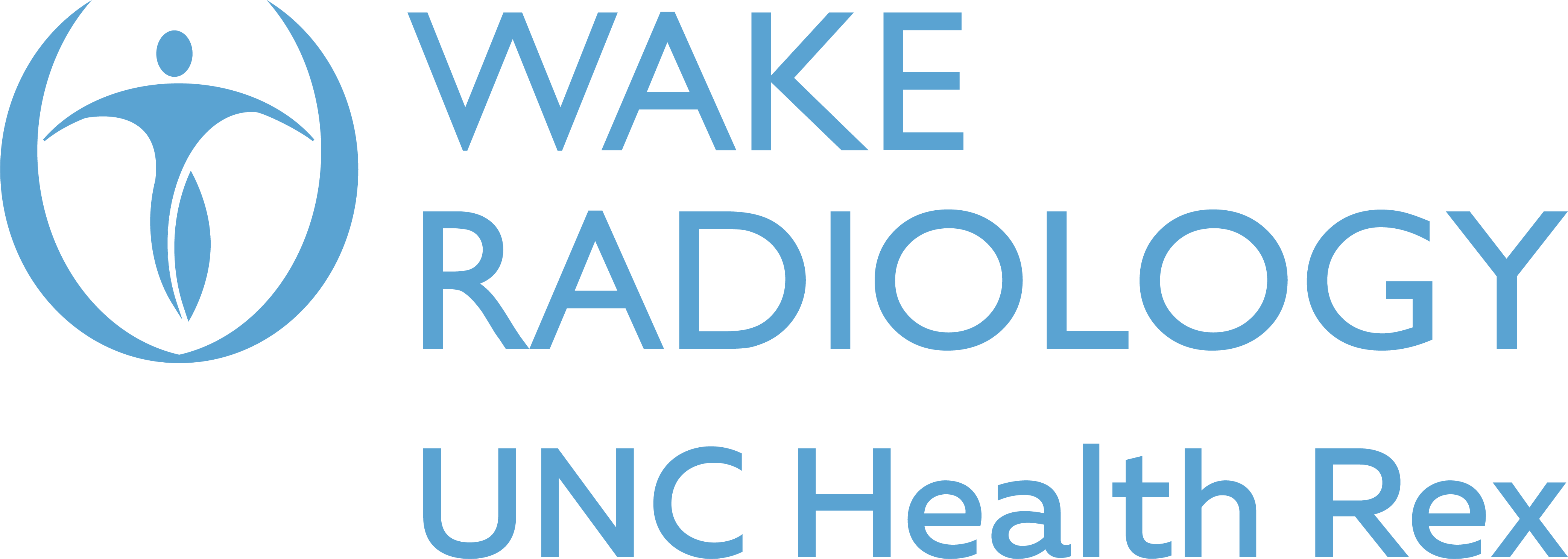You’ve had your mammogram – great! Now, for many women, they have even more questions. For starters, you may wonder when you should get your results. To help answer common post-mammogram concerns, we’ve put together a list of some of the top questions patients have after a screening mammogram. If you have questions after checking out the information below, click on the heading for each section to read more that that topic.
- How do I get my results?
- Does a callback mean that I have breast cancer?
- How long does it take to get an appointment if I’m called back?
- Will I be sore or bruised?
- What is a baseline mammogram?
- What’s the difference between a screening and diagnostic mammogram?
- What does it mean to have dense breasts?
- What does it mean to be at a high risk for breast cancer?
- If my mammogram is clear, why do I have to come back in a year?
After your screening mammogram, a breast imaging radiologist reviews your images and compares them to any previous studies. We even track down your prior exams for you because it adds context and allows our radiologists to detect slight changes in breast tissue over time.
Once a diagnosis is determined, we mail mammogram results to both you and your primary care physician – unless additional screenings are needed. If our breast imaging radiologists determine you have an area of concern, we will contact you immediately to schedule a follow-up appointment to properly diagnosis the area of concern.
Patients who come to Wake Radiology for a diagnostic mammogram have their results before leaving our office.
 Does a callback mean that I have breast cancer?
Does a callback mean that I have breast cancer?
No, a callback doesn’t mean that you have breast cancer. In fact, less than 10% of women who have additional tests after having a screening mammogram actually have breast cancer. Most of the time, it’s just a precautionary measure to rule out an area of concern.
Your radiologist may have you come back in for several different reasons including:
- There are calcification spots or a suspected mass in your breast.
- An area simply looks different than other parts of the breast or when compared to previous studies.
A 3D mammogram can help reduce callbacks due to the accuracy and detail in these images.
How long does it take to get an appointment if I get a callback?
At Wake Radiology, we block off part of our schedule every day specifically for mammography callbacks. We understand that needing a second appointment immediate creates worry and fear for a patient. We make every effort to get you in as soon as your schedule permits and will do everything we can to help reduce your anxiety around this event.
Will I be sore or bruised after my mammogram?
While we cannot guarantee how you will feel after your mammogram, the majority of women do not experience soreness or bruising. Our technologists work with you to ensure you’re as comfortable as possible and that they get the best image of your breast that they can. If you experience discomfort at any point during your mammogram, let your technologist know and she will do what she can to help.
A baseline mammogram is the name used for your first screening mammogram. It is important because it is used as the basis for comparison in later tests. At Wake Radiology, we always compare the images from your most recent mammogram with those of previous procedures – regardless of where you had your prior exams.
What’s the difference between a screening and diagnostic mammogram?
Screening mammograms simply look for signs of cancer. These procedures are x-ray exams that are done every year in women who have no symptoms or changes in their breasts. Screening mammograms do not require a physician’s order and are covered by insurance. The 3D portion of a screening mammogram is being covered by more and more major insurance providers. To have a screening mammogram, Wake Radiology only requires that eligible patients have visited their physician within the past 18 months.
A diagnostic mammogram is a procedure that’s done when something is abnormal or difficult to determine after reviewing a patient’s screening exam. For example, a woman with a lump, breast pain, nipple discharge or an abnormal area detected on a screening mammogram would be referred for a diagnostic mammogram. These types of exams are also performed on women who need short interval, follow-up exams as a result of a prior diagnostic exam or in women who were previously treated for breast cancer.
What does it mean to have dense breasts?
Breast density is a term used to describe how much fibroglandular tissue versus fatty tissue is found in the woman’s breast. When reviewing a screening mammogram, a woman is considered to have “dense breasts” if more than half of her breast tissue is fibroglandular tissue with the rest being fatty tissue.
As of January 1, 2014, a North Carolina statute requires that we inform every woman of her individual breast density as part of her mammogram results report.
Knowing your breast density is important because dense tissue appears white on a mammogram and cancers also typically present white on a mammogram. That’s why identifying a developing “white” density (one that radiologists typically expect with a developing breast cancer) can be more difficult to detect on a patient with dense breasts. Our radiologists often describe it as trying to see a polar bear in a snowstorm. 3D mammography is the most effective screening tool for women with dense breast tissue.
What does it mean to be high risk?
Designating a patient as “high risk” for breast cancer can be determined several ways. There may be one specific factor that puts a patient into this category or a combination of factors working together that can increase risk.
The Susan G. Komen Foundation provides a list of factors that may lead to elevated risk:
- Breast cancer gene mutations or a known genetic mutations (BRCA1 or BRCA2)
- A first-degree family member who has been diagnosed with breast cancer
- Strong family history of breast cancer
- Personal history of invasive breast cancer or ductal carcinoma in situ (DCIS)
- Lobular carcinoma in situ (LCIS) or atypical hyperplasia
When combined, these factors may also place a patient at a higher risk for breast cancer:
- Breast density
- Family history
- Body weight and weight gain
- High bone density
- Excessive alcohol consumption
Of note, family history is included on both lists. This is an important marker for an elevated breast cancer risk. Even so, only 13% of all women diagnosed with breast cancer have a family history of the disease.
If My Mammogram Is Clear, Why Do I Have To Return In A Year?
An annual mammogram is your best option for catching cancer early when it’s most treatable. Mammography, especially a 3D mammogram, can detect cancers in the breast before they’re even big enough to feel. Having a yearly mammogram could not only save your life, but can give you peace of mind. Plus, an annual mammogram provides a better comparison to previous breast images helping our doctors detect any change from year to year.
